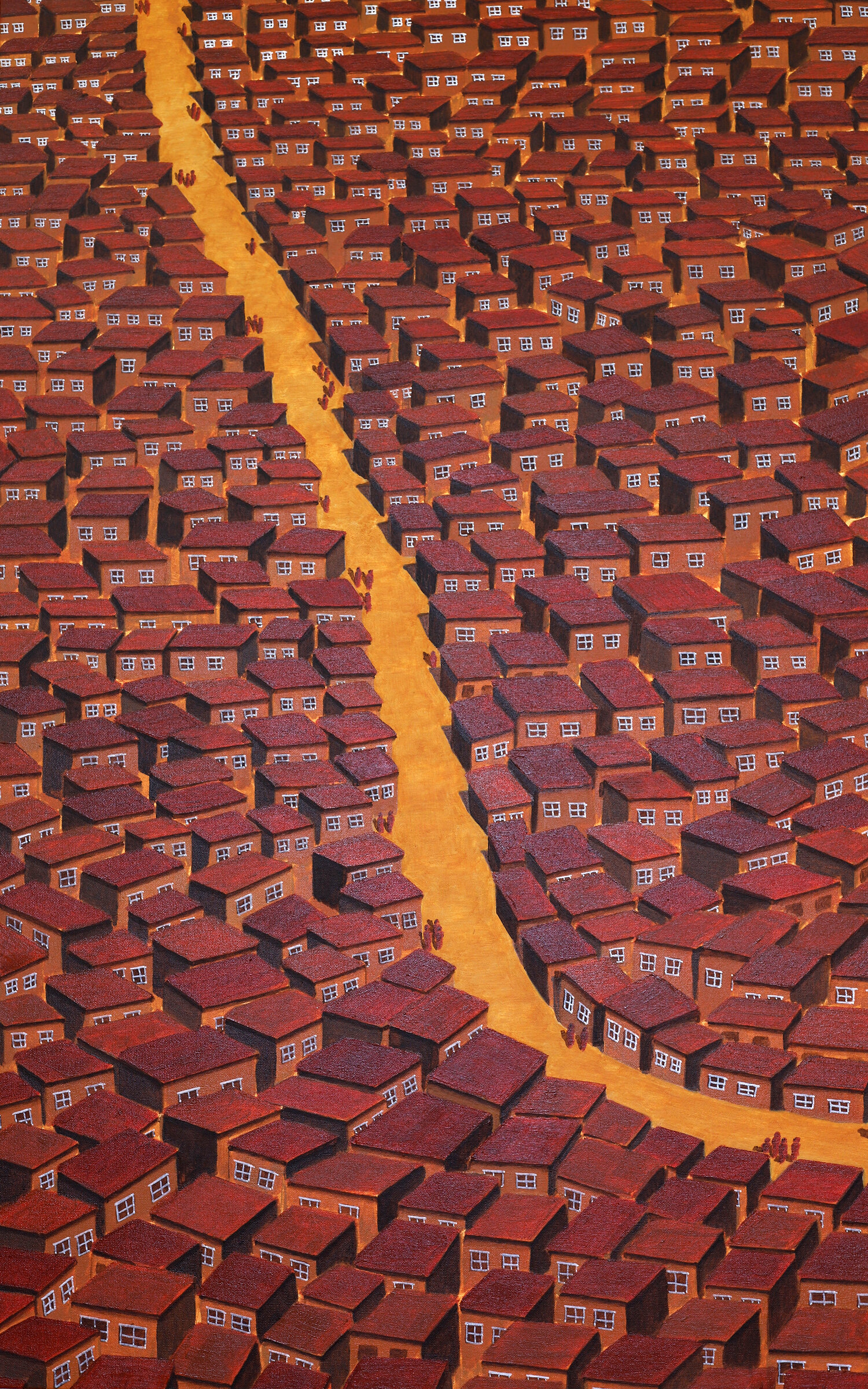Interview with Gyatso Chuteng: The Spotlight Series Ep. 8

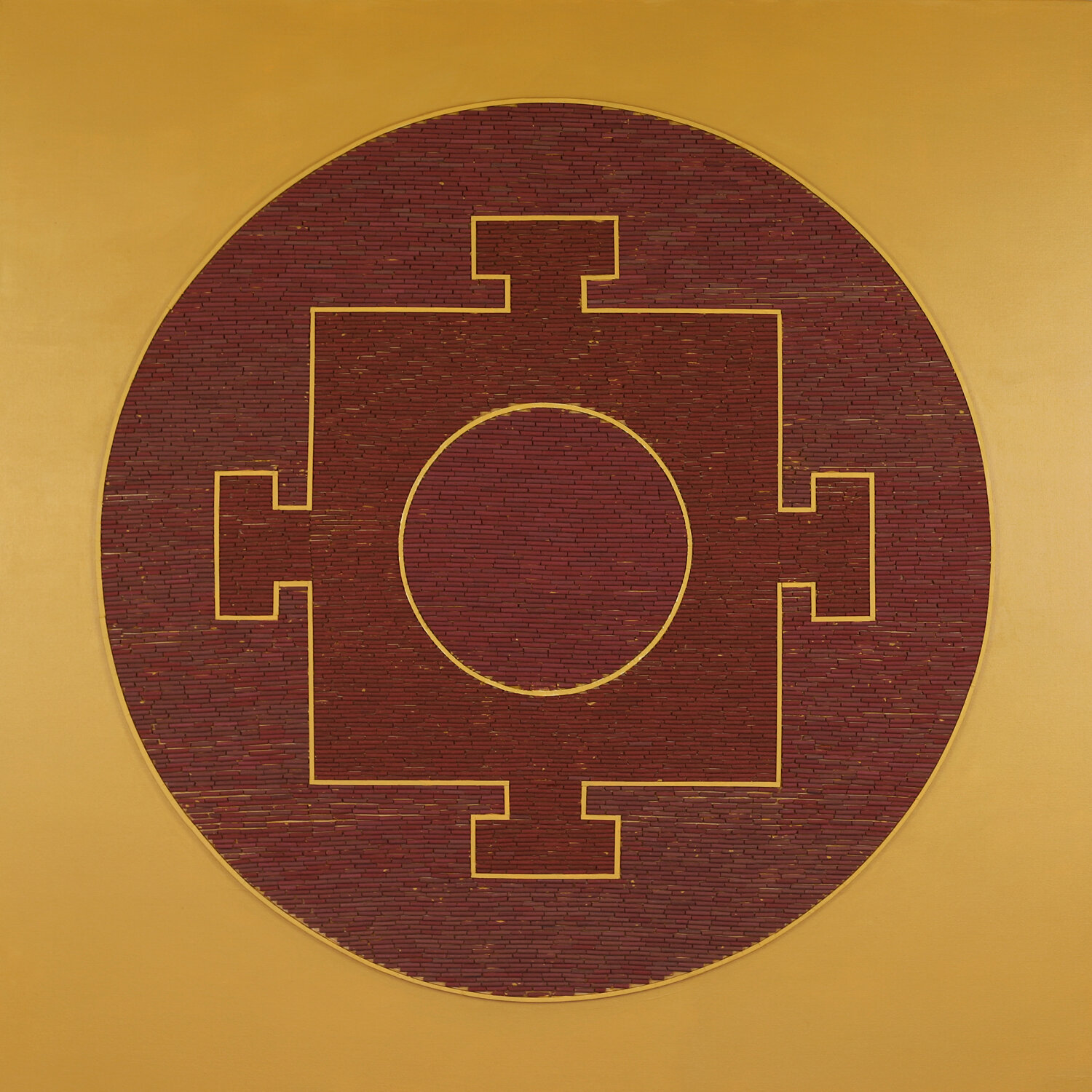
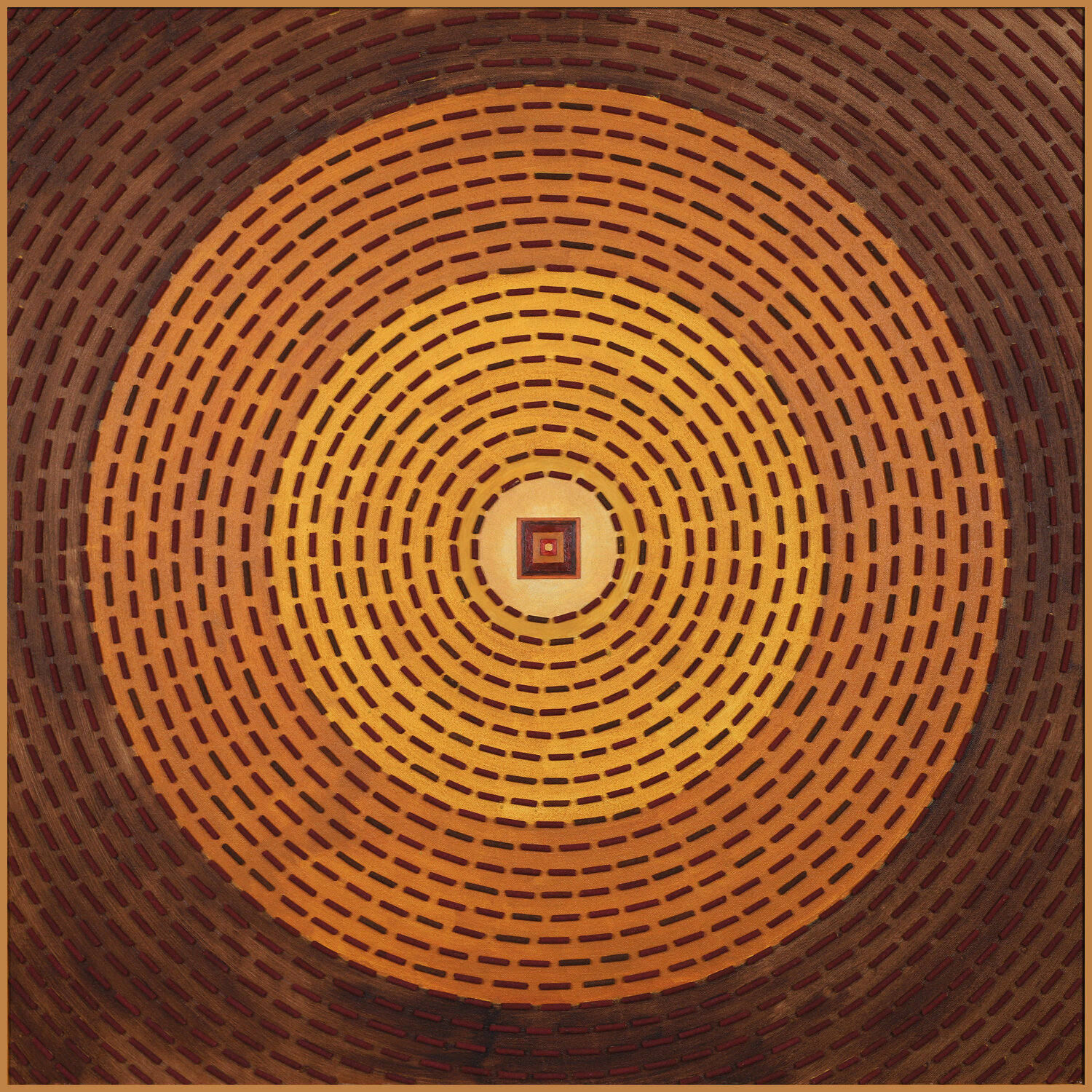
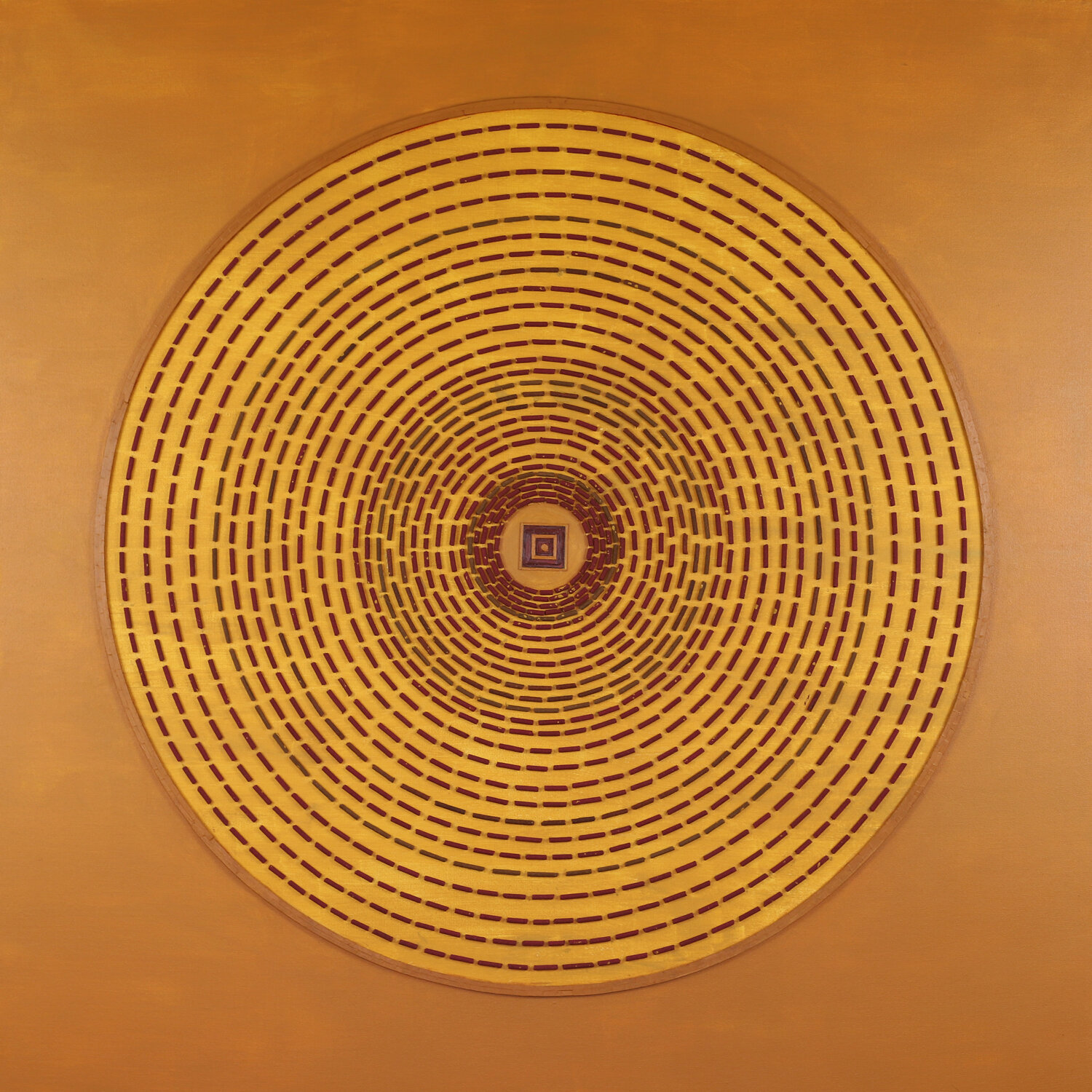

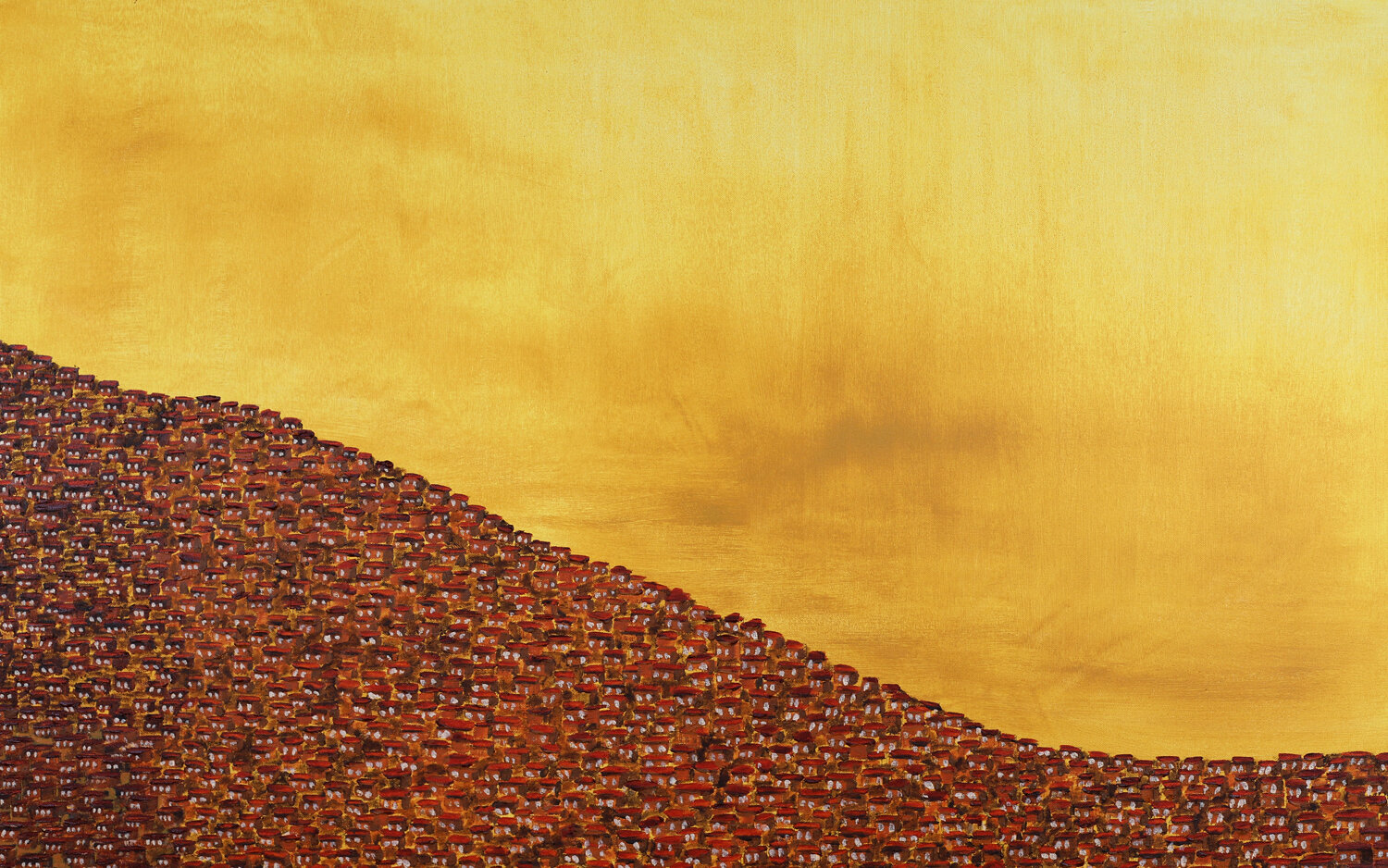
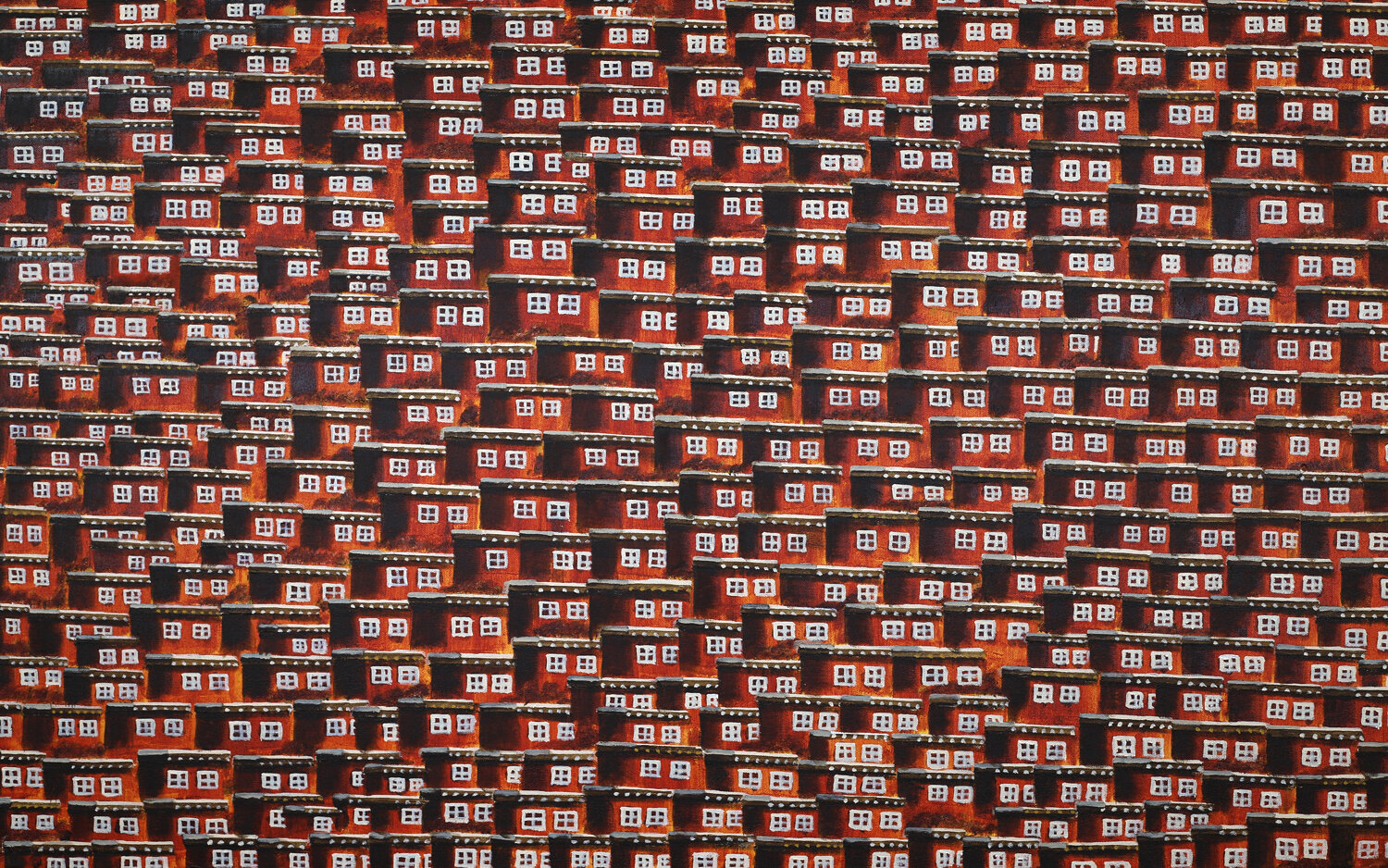
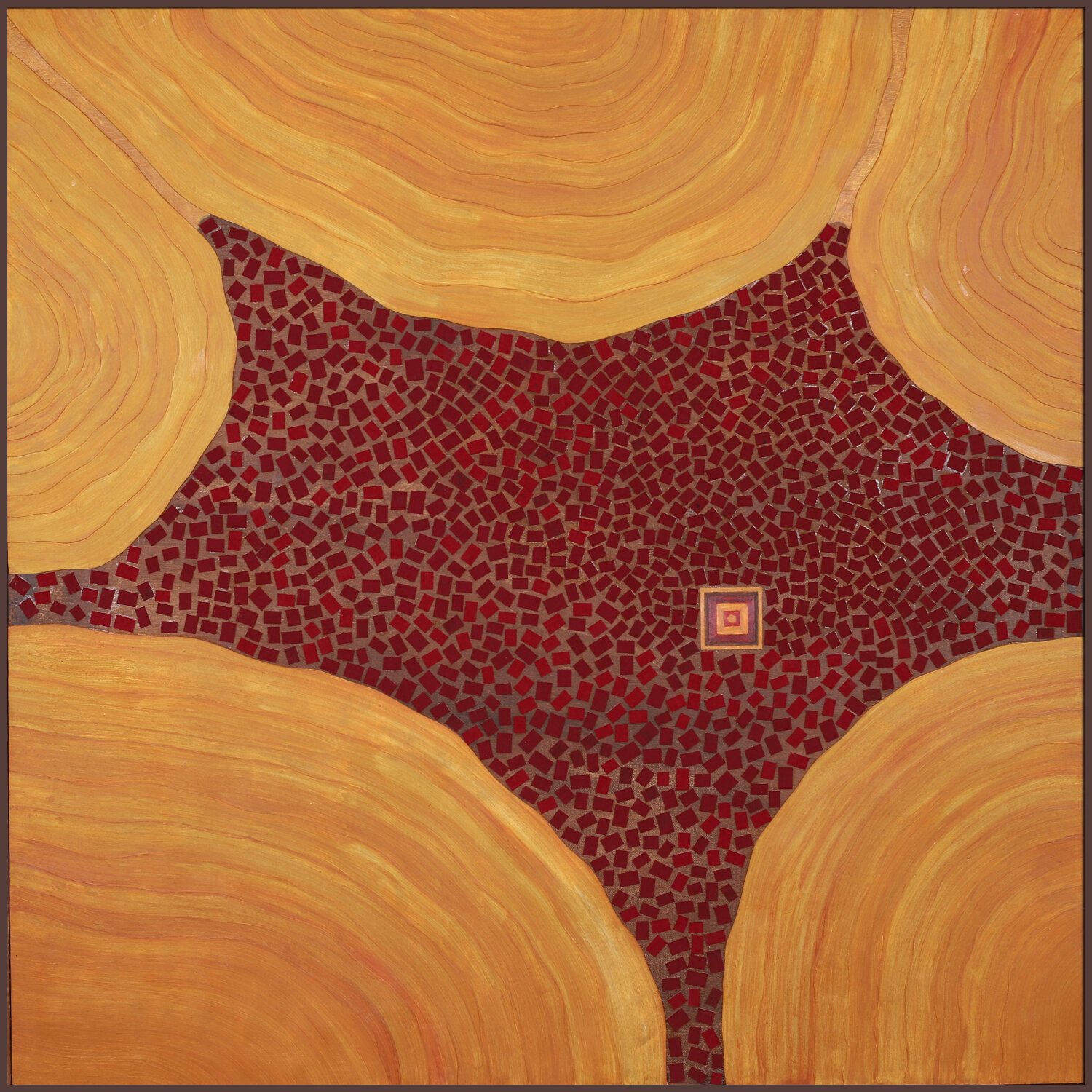
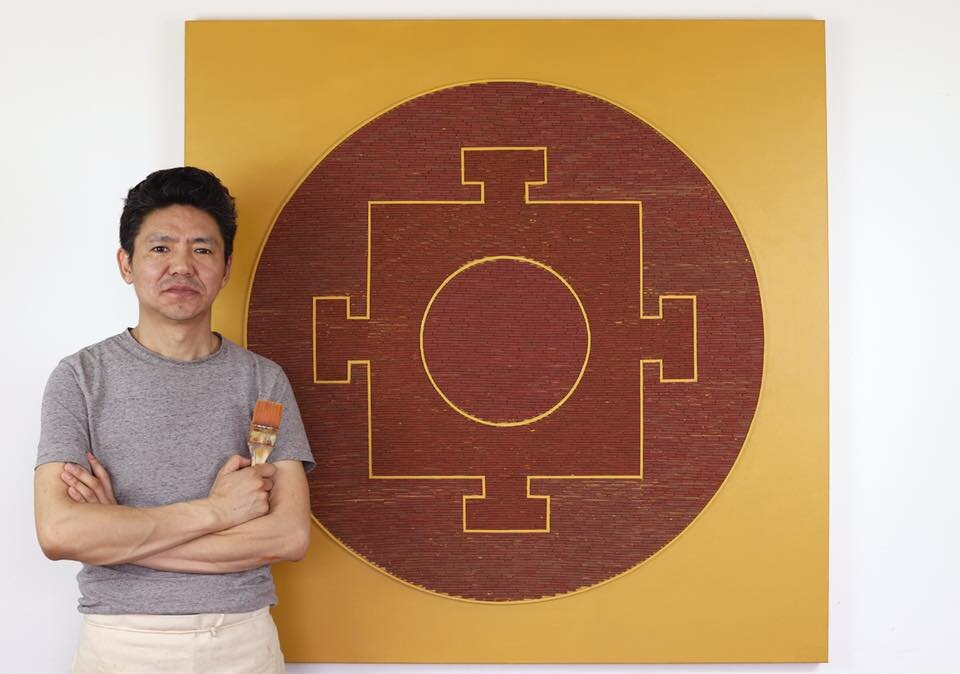
The Spotlight Series is a documentary series by The Yakpo Collective that highlights prominent Tibetan contemporary artists and their artworks. The series exist to provide resources for generations to come, in order to foster a learning environment based on art and creativity.
Christina: [Ice breaker] What is one of your favorite things to do since lock down [covid19] ?
Gyatso Chuteng: Favorite things ah. I think fortunately, creativity, in the sense, uh I am in a profession as an architect. Because I’ve always wanted to do experimental design. And because of lock down right now I have had to do everything on my own from sketching to really building it. I have done fun small- like DIY projects. From building your own small coffee table to making something a little more complicated, scale models of architectural elements that have to do with a Tibetan design motif. I would say this is my favorite thing.
C: Out of all the places you travelled to, where are your favorite places?
GC: What has been my favorite place? Tough question. I would say my favorite place for the longest time has been Japan. I was lucky to travel there a few times. It’s not because of Japan. It’s because I believe in what I do in terms of design: love for nature, respect for nature, appreciating a lot of design elements and art. - Everything has been natural. In Japan it is part of their culture and design. Each time I go back I am more inspired.
C: Tell me about who you are / background [born, raised]? What do you do now?
GC: I was born and raised in Nepal, Kathmandu. I went to TCV [Tibetan Children's Village] in Dharamsala. I went to school in India. I moved to Sanfrancisco about 50 years ago. I moved to New York, it’s been about 6 or 7 years. I still work at the New York Architect. I’ve been working at a design firm for the past 10-12 years. But for the past 3 or 4 years I have been lucky enough to work part time for 3-4 days and dedicate the rest of my time to art.
C: Cool. Do you remember when you started to explore art?
GC: There is not a specific time. Art has always been part of me. Well art is a part of everybody. When you say art, it’s about like really giving time. We have our own job and bills to pay. And art is demanding in time. So I would say in the past 4 years, I have really sacrificed a lot for myself and knowing for art what you really need is time and consistency and dedication- the fact that I’m able to do that living in New york for 4 years, I am barely paying bills. But the good side is I’m actually doing it for the sake of art. So I would say even though art has been part of myself since I was little, the past 4 years it has been kind of more obvious that I have been more dedicated to art.
C: Art has been a part of my life. It has to have been a big decision to do art.
GC: It’s very demanding in time. I’m not really young anymore. Honestly, it’s satisfying. Absolutely.
C: What does art mean to you? What does Tibetan contemporary art mean in your life?
GC: Yes. Art is an expression. It can be any medium. It’s somebody who is expressing something honestly. It can be a poet, a writer, it could be anybody just using any form of medium to express something honestly. I have the hardest time to say when I call myself an artist. Do we have to go to art school? Do we produce some art works in order to call ourselves an artist? I mean it’s a grey line. So I think my definition. And I think everyone has their own definition. Somebody who expresses something in any form. Sorry I think I’m kind of defining ‘artist’. I think art exactly it is something honest. Tibetan contemporary art, we are, as far as I understand, we are still in an early place because we have been, most of us senior artists we’ve been trained more than traditional artists. To me Tibetan contemporary arts is another form of art for a lot of Tibetans, especially young ones to express themselves of their identity and their situations.
C: Everyone experiences their identity differently. Personally for you- how has your identity influenced your art and yourself?
GC: I think first of all it’s being an artist yourself. I think a lot of the artists - so when I started a few - a lot of the works I created- the more works I’ll be creating I do not approach in the way that I’m Tibetan - I have to do something Tibetan related. I do not approach it that way. I approach it - what inspires me, regardless of my identity. Anything that inspires me- anything that will inspire me, or that I know will inspire me somehow. Tibetan identity - meaning anything that has to do with Tibet. My culture and roots are more general and more honest. Even for my Patrons and viewers can relate more because this person is expressing something of their identity. So I think my Tibetan Identity has influenced my past works, all the works I’ve created, and the friends that surround you, and a lot of my friends are mostly from Tibetan identity. And that also kind of influences your work as well. So yes, Tibetan identity has kind of influenced me to produce the works that are related to Tibet or Tibetan culture.
C: Moving on to the series that we are featuring in this series in the episode, can you tell me the inspiration behind these specific pieces?
GC: One of my recent works which is the Larung Gar series. Again as I said earlier, when I started creating the workspace on Larung Gar, I didn’t approach it thinking ‘oh I have to do something Tibet related.’ So when I saw Larung Gar’s photo online 5 or 6 years ago I was totally blown away. Just looking at the photo, and not just the photo, when I started reading about the place- it’s a magical place: 40,000+ monks and nuns and lay people basically there because of one very famous Buddhist teacher. Everyone wants to leave everything behind and start dedicating their whole lives to pursue a much more simple life. And architecturally it’s a marvel to look at. And the purpose. And the beauty. And the chaos. I was like shook. So I started doing some extract out of that. For anybody else, it can be a Stupa but to me that’s Larung Gar. And the more I look at it, the more I think about it, I feel like if everyday I get these parts when I see it, then I feel like I need to express more. But when I was approaching it; I think this is coming from a designer standpoint or architects or builders; it’s like the medium, how do I express Larung Gar? What defines that place? Mostly because of one Buddhist institute or monasteries, and so what is the element or color which is relevant to that landscape? And so when the Tibetan incense or the medium spoke to me I was ecstatic. There could not be a better medium that can express that. So again as I was saying, it’s because of that magical place that has influenced and inspired me. And later knowing that it is in Tibet, I think it’s a kick. It could have been anywhere, but knowing it’s from my homeland - that was beyond excitement.
C: Each of these is unique and different it it’s own way. Do you want to go through a couple of these? And how it came out to be the way it is? Or the process of making them that you remember?
GC: Sure. I have 8 pieces in this series. First thing I do, as I was explaining earlier is really knowing what medium to use, and how out of the pieces- four of them are made basically with Tibetan incense as a medium. So what I think is apparent in this series is the inspirational monastic institute itself kept the color palette more towards the monastic or maroon and saffron color palette which is another way of reflecting and expressing the place in itself. Coming back to Tibetan incense as the medium. Few of my pieces I made, consist of almost 3,000-4,000 fragmented pieces of incense. So putting one incense at a time requires a lot of patience and consistency. I think that the beauty of art is that it really teaches you about patience; it teaches you about self discipline. Because a lot of the time, when we come up with an idea and we can not wait to finish it because we get too excited, and this is true with anything in terms of design and art. But I think art teaches you to take it slow, take it one step at a time. And enjoy the journey, it’s not the destination. We know it but then doing it, experiencing it, is another level. And I think for me that process has only helped me understand that part much much more deeply. So I enjoyed the process although it took a long long time. And then I have a few pieces that are actually just sort o equivalent, even though it’s equivalent, it’s a repetitive. I’m drawing one house at a time. I think repetition is what is again is more of a meditative process, if you do one thing at a time over and over again that is where you basically don’t think about a lot of things, you just focus. It helps calm down and focus. At the end of the day, the end result I have learned and enjoyed so much through the whole process. I can go on and on. But I think that’s the nutshell.
C: There are times, a lot of times I’m sure anyone can relate to this, you feel like you don’t have an idea, even when we start you’ll have a block, what a lot of people call an artist block. Do you have any tips during those times for other people listening ?
GC: Yeah, so I think I am fortunate because of my design background. I have been trained and this is kind of what I have been doing the last 10- 15 years. In my profession, I work for a lot of high-end projects like big projects, and in interior design projects there is a set. We start with the conceptual, then schematic, then the design elements, then construction so I am able to apply that in my work as an artist. First of all we’re sketching a lot. I'm using a lot of architecture software, which I’m really comfortable with. I can take that to study the scale because in terms of when you have an idea and you want to express that, when you want to do that, it’s all about color, scale, proportion. It helps me a lot so what I’m trying to get at is basically doing more like cartoon sketches- like really cartooning. A lot of sketches. Some people jump to the final. So I would say sketching a lot, pre-hand sketching, just really quick sketching, sketching with scale and proportion. This is a really good process and habit. And second thing, don’t jump, don’t get too excited, try to do as many sketches as possible so when your done you spend a lot of time
C: On the front of creativity, Do you have a particular activity in your daily routine? [get your creative juice flowing]
GC: As of lately. Or for the past year or two, I’ve been into bonsai. The reason I say that is because bonsai is similar to art itself. In the sense it needs a lot of care and patience. I think when I take care of the bonsai the bonsai is a living thing. Botany compared to art, we use non living mediums and elements. Bonsai is an art in the sense when you start taking care of bonsai it inspires you, when you see the bonsai growing happily and healthily, it is because you are consistent in your routine to take care of it. I think that is my daily routine that has helped me to translate it [work] into art. It’s about consistency, patience and knowing the balance.
C: That’s interesting. So many times I’ve heard the term living art throw in. I’ve never thought about there’s so many non living elements. But in gardening there’s an art to it but it’s alive.
GC: Exactly
C: Do you have any advice you’d like to give to other young artists? Particularly young Tibetan. I’m not looking for someone, it's all about Tibetan. Sometimes as a young person I’m looking for someone with a similar culture or background.
GC: I understand. I have small advice. Maybe two. First, Consistency. It’s very easy when you’re younger to get excited because it’s cool. But most importantly it is consistency. When I look at peoples’ art I first look at their history [how long someone has been doing it]. Consistency is if someone has been working on art for over a period of time in a consistent space. I have much more respect for that person. Rather than someone who does something creative and cool then they’re lost. So I would say consistency, if it’s sketching or doing any creative work - in any medium it can be writing, music, poem, anything you do on a daily basis. It’s easy for me to say - we are all struggling to be consistent. That is my first advice. Secondly as a Tibetan young artist, don’t try to be ‘a Tibetan artist. You're Tibetan, it’s your identity that will never go away. But as an artist, it will reflect when you’re honest about your work. That is the beauty of art. A lot of my friends say, ‘Hey Gyatso, why don’t you do political stuff and Tibetan?’ I say ‘No, I want Tibetan artists to do non-political stuff’. Because you are born Tibetan, you are already political in anything you do. You don’t have to be political, you already are. When I see Tibetan artists do more political art then I feel it’s an overkill. So what I’m saying is that your identity itself is always there. Just express anything you feel honestly. Your Tibetan identity will be there. It is beautiful when it’s a subtle expression of your identity where you’re not trying hard to express. That would be my advice to my younger Tibetan artist and friends.
C: One last question. Your thoughts on the topic. Recently we have seen more platforms like Yakpo. Can you share your thoughts on these platforms and the virtual world?
GC: Basically this is life, regardless of the situation right now. Going forward, online presence is important. We should take two steps back. When you're expressing online you’re expressing to the whole world. So instead of inspiration, you feel pressure. Then your honesty and work might get compromised. I feel you want to be able to express yourself and share your work online. You have to be careful if there’s a platform where you get comments. If you’re being influenced by that or not. Based on the situation, time, and knowledge. When I express something I stay away from those comments. But I stay away, not that I get a lot hahah. Try to use the online platform as much as you can.
C: Those are great words.
